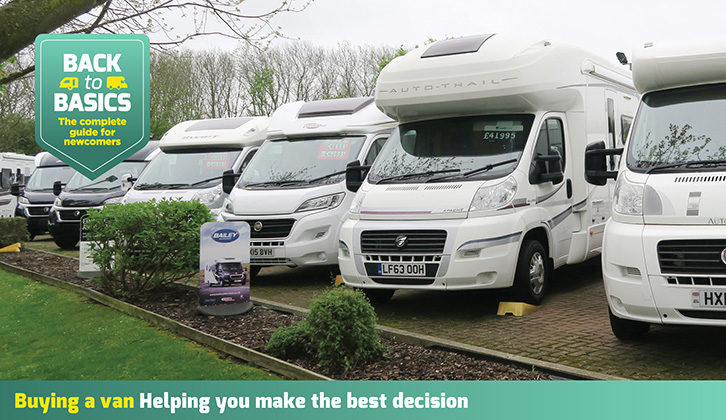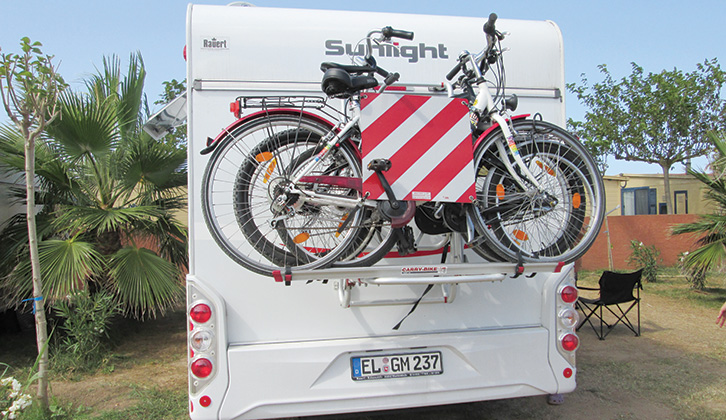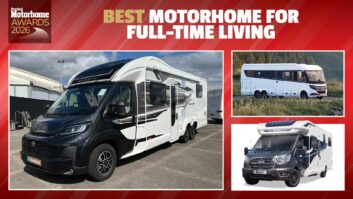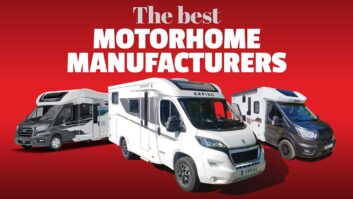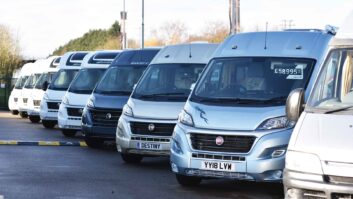Purchasing your first motorhome might seem a little daunting. There are so many things to think about, many of them completely new to first-time buyers. This article aims
to outline those essential points, allay any worries and help to make buying an easier, less stressful process.
Licence restrictions
First, and most important, does your licence allow you to drive a motorhome or campervan? This depends on your age and the vehicle’s maximum authorised mass (MAM). This is its weight plus the maximum load it can carry, sometimes referred to as the maximum technically permissible laden mass (MTPLM).
The DVLA website explains the rules for licences as follows:
Licences issued before 1 January 1997
- To drive a motorhome with a MAM of 3500kg to 7500kg, you’ll need a category C1 licence [which you should have]. To drive one with a MAM of over 7.5t, you must have a category C licence, which might require an additional test.
Licences issued from 1 January 1997
- You will hold a B licence, which allows you to drive a vehicle with a MAM of up to 3.5t (3500kg). To drive anything heavier, an additional test is needed.
Another point to note is that, as of 1 January 1998, if you are aged over 70 years and your driving licence has expired, you must pass a medical and an eyesight test.
So, before any thoughts of parting with your hard-earned cash, take a look at the reverse of your driving licence to see what permissions you have. Visit www.gov.uk/driving-motorhome for further advice.
Dealership or private sale?
I would recommend beginning your research by visiting one of the many national shows.
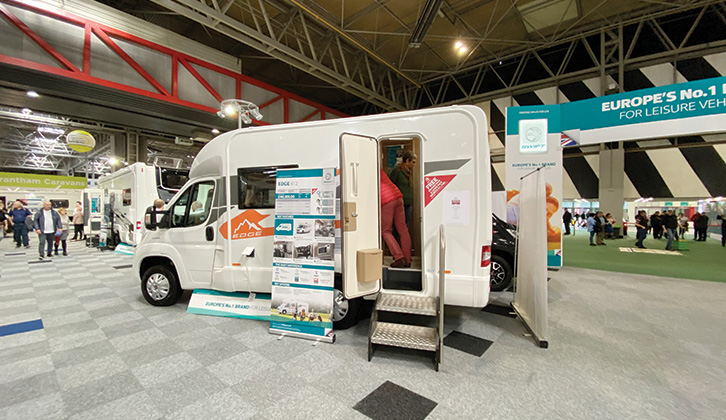
This is a good place to view the latest motorhomes and campervans, from Europe as well as the UK, undertake a manoeuvring taster course, buy accessories and talk to the experts.
Dealerships will normally have the latest models on their forecourts, in addition to pre-owned ’vans. They also offer greater protection for buyers, with added warranties.
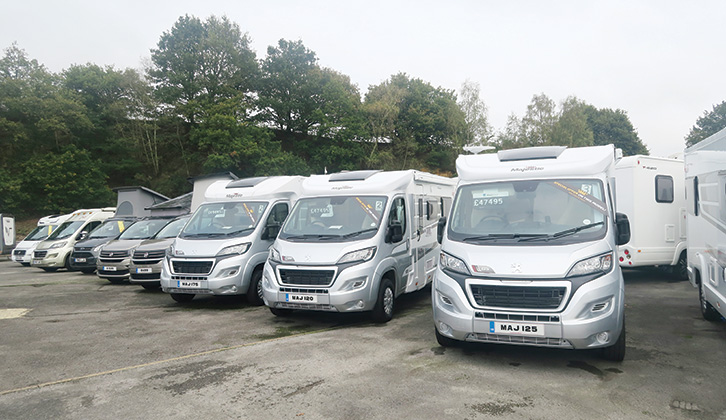
However, to maintain the warranty, you might have to service your ’van at that dealership, so make sure it is not too far from home. Unlike warranty work on cars, where any franchised dealer can put things right, motorhome owners have to return to the supplier.
Buying from an NCC-approved dealer gives you added peace of mind.
Purchasing from a private seller, at an online auction or through classified ads, can mean you pick up a bargain. Useful extras, such as awnings, water containers, a leisure battery and so on, might be included. But check for an up-to-date service record, or that bargain could turn into a money pit!
Inspections and checks
Always go and see the motorhome, don’t rely on photographs. As well as checking the inside, do a thorough inspection of the outside – that means getting on your hands and knees and scrutinising underneath, too.
A motorhome has a service on the base vehicle, and a habitation service, which should be carried out annually. Ask to see the service book. This will verify that it has been looked after and is in good working order.
Follow your nose – if you can smell damp, there might be a leak (although in winter they can smell a little fusty). Check the latest damp report from the habitation service.
If you can, carry out this examination with a fellow motorcaravanner – they will know through experience what to look for. Alternatively, contact a local mobile engineer; some are happy to offer their opinion.
Base vehicles and test drives
Bearing in mind hours spent behind the wheel, you need a vehicle that’s a pleasure to drive.
In the past, some conversions and coachbuilts were underpowered. Now, more sophisticated power units, with electronic performance systems, are a feature on recent base vehicles.
Another question concerns imported vehicles, available in left-hand-drive form only. ‘Left hookers’ appeal to owners who take long tours abroad. That might make sense, but trying to sell an LHD model in the UK at a later date can be a bit more tricky.
The matter of base vehicles could fill an entire book on its own, but the main point is that you should always insist on a test drive. Quite apart from engine performance and road handling, there are less obvious concerns. For example, models equipped retrospectively with swivels on cab seats sometimes pose problems. The increase in seat height can upset a tall driver’s eyeline.
In addition, shorter passengers using some types of swivel seat can find their legs don’t reach the floor.
Motorhome design
The basic categories are conversions and coachbuilts. Conversions use an existing vehicle, such as a panel van. They can have a fixed roof, a high fixed roof or an elevating roof.
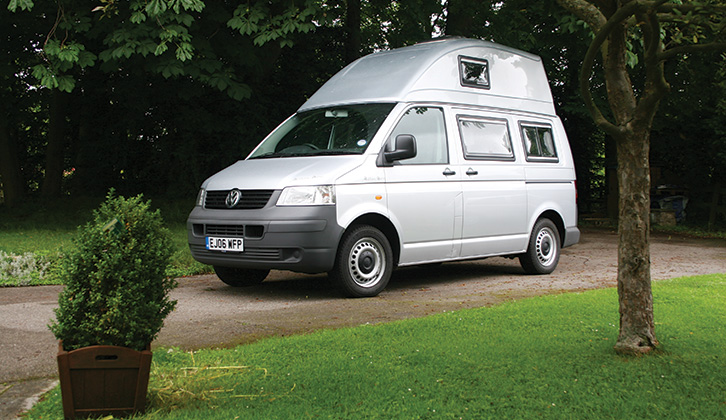
Coachbuilts have a purpose-built bodyshell on a suitable chassis. They can be sub-categorised as overcab, low-profile, A-class and American.
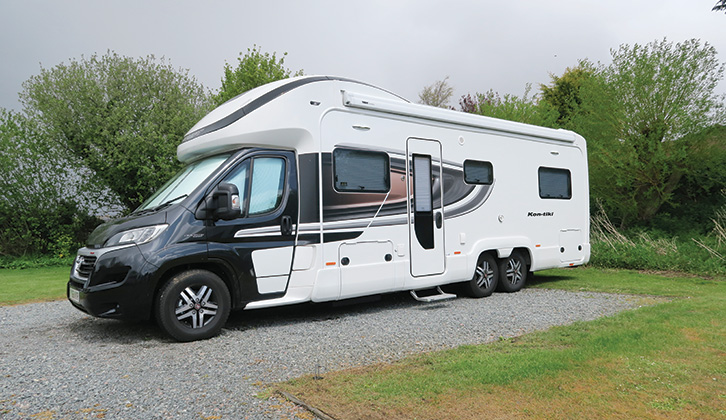
Our guide to motorhome vehicle classes explains the differences between the key types of design.
Layouts
It is crucial to get the layout of your ’van right. Are you looking for a two-berth or a six-berth? Fixed bed or overcab bed? Central or rear washroom?
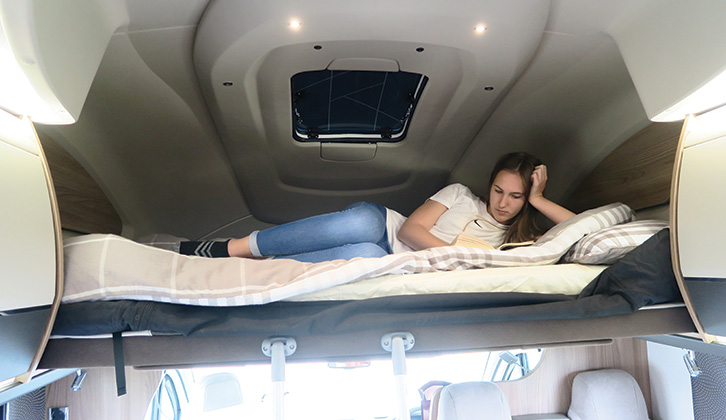
As part of your research, sit down with those you intend to travel with, including any children. Make a wish list of what is important to you – bearing in mind there might have to
be some compromises somewhere!
Involve the whole family in viewing. Lie down on the beds to check length and comfort, look under them to assess storage and – although this might seem silly – sit on the toilet to check leg room. You’d be surprised how much this can vary!
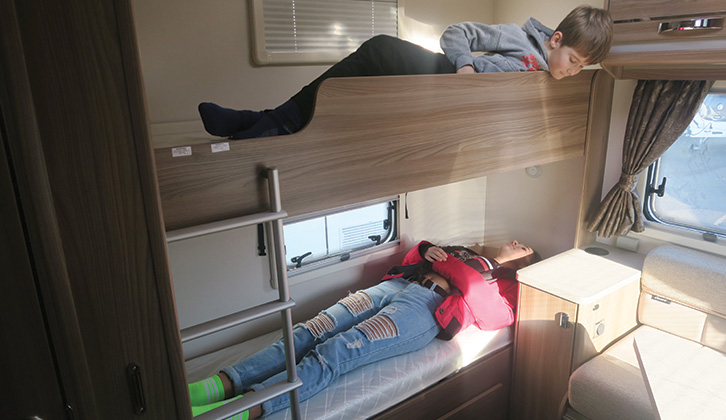
You can find out more in our guide to motorhome layouts.
Additional costs
Owning a motorhome does involve some continuing costs. Here are a few things you might want to consider:
- Storage – at home, in a commercial unit, on a farm, or campsite storage
- Insurance and breakdown cover
- Annual habitation service (including damp check) and base vehicle service
- Gas cylinder, solar panel, leisure battery and 25m hook-up cable (not always included)
- Bike racks
- Reversing cameras
- Alarms/trackers
Final thoughts
This is a snapshot of some key things to think about before you make your decision. If you are still feeling a little unsure, there are plenty of ‘try before you buy’ schemes, where you can hire a motorhome for the weekend.
Looking for more tips and advice to help you with buying the motorhome for you? Then be sure to head to our Back to Basics – Buying a van category, where you can find plenty of ideas that will help you buy the perfect ‘van for you!
Would you like a hand with choosing the ideal ‘van for you? Then take a look at our best motorhome round-up, where we pick out the top models on the market. Diamond Dave fills us in on the technical considerations to think about when buying a ‘van too.
If you’ve enjoyed reading this article, why not get the latest news, reviews and features delivered direct to your door or inbox every month. Take advantage of our brilliant Practical Motorhome magazine SUBSCRIBERS’ OFFER and SIGN UP TO OUR NEWSLETTER for regular weekly updates on all things motorhome related.
